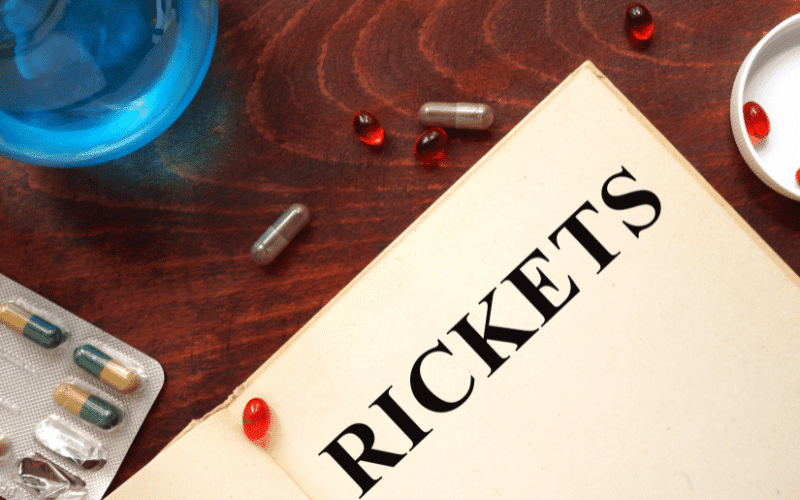Symptom 4: Rickets: The Weakening of Bones and Skeletal Abnormalities

Rickets, a bone-weakening condition, is another symptom seen in patients with cystinosis. This condition is characterized by soft and weakened bones that may lead to deformities. The reason behind this lies in the way cystinosis affects the body’s ability to manage and utilize certain crucial minerals.
In a healthy body, the kidneys play an integral role in balancing calcium and phosphate levels. These minerals are essential for strong and healthy bones. In patients with cystinosis, however, this balancing act gets thrown off-kilter. The kidneys fail to reabsorb phosphate, leading to its loss in urine, a condition known as renal phosphate wasting.
As a result of this phosphate loss, the body struggles to mineralize, or harden, the bones. This causes the bones to become soft and weak. The impact is particularly profound during the growth years when the skeleton is supposed to be rapidly developing.
Patients with cystinosis might also display noticeable skeletal abnormalities. For instance, they may have bowed legs or knocked knees. There might also be an unusual curvature of the spine or a protruding chest, conditions that can cause discomfort and impact mobility.
The bone pain associated with rickets can also significantly affect a person’s quality of life. Everyday tasks like walking or even just standing can become a struggle. This often leads to decreased activity levels and could potentially impact a child’s ability to partake in normal childhood activities.
Rickets in cystinosis is not just a bone disorder. It represents the broader impact of the disease, highlighting how cystinosis can subtly yet substantially affect various aspects of a person’s life. (4)